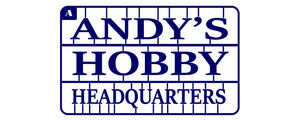Availability is limited and offered while supplies last. These kits are no longer being produced.
LFG (Luftfahrzeug-Gesellschaft), who later changed their name to Roland to avoid confusion with LVG (Luft-Verkehrs-Gesellschaft), were responsible for some of the most aerodynamic and innovative aircraft designs of the Great War primarily the highly advanced (for 1915) Roland C.II ‘Walfisch’ (whale) two-seater. Without a successful design of their own available at the outbreak war, Roland initially built Albatros two-seater aircraft under license before designing their innovative Roland C.II. Great effort was put into making the ‘Walfisch’ as aerodynamic as possible which resulted in a smooth fuselage featuring many compound curves and mounting the top wings to the fuselage to avoid drag from cabane struts.
The smooth aerodynamic fuselage was created in halves from 2 layers of thin plywood strips, each layer applied at an opposing angle of around 60 degrees formed over a buck. Once completed each half of the fuselage was glued and tacked onto the internal framework, the centerline seams were taped and then the whole fuselage was finally covered with doped on fabric.
- 32cm x 24cm.
- Relatively simple rigging.
- High quality Cartograf decal sheet for 5 German aircraft.
- 330 high quality injection moulded plastic parts.
- Optional engine cooling louvers, 12.5kg PuW bomb rack, exhausts, gun rings, final production fin, rudder, tailplane struts and diorama accessories.
- Highly detailed 48 part Daimler-Mercedes D.III engine.
- 9 photo-etched metal detail parts including lMG 08 Spandau and LMG 14 Parabellum machine gun cooling jackets.
- Fine in scale rib tape detail.
- Full rigging diagrams.










